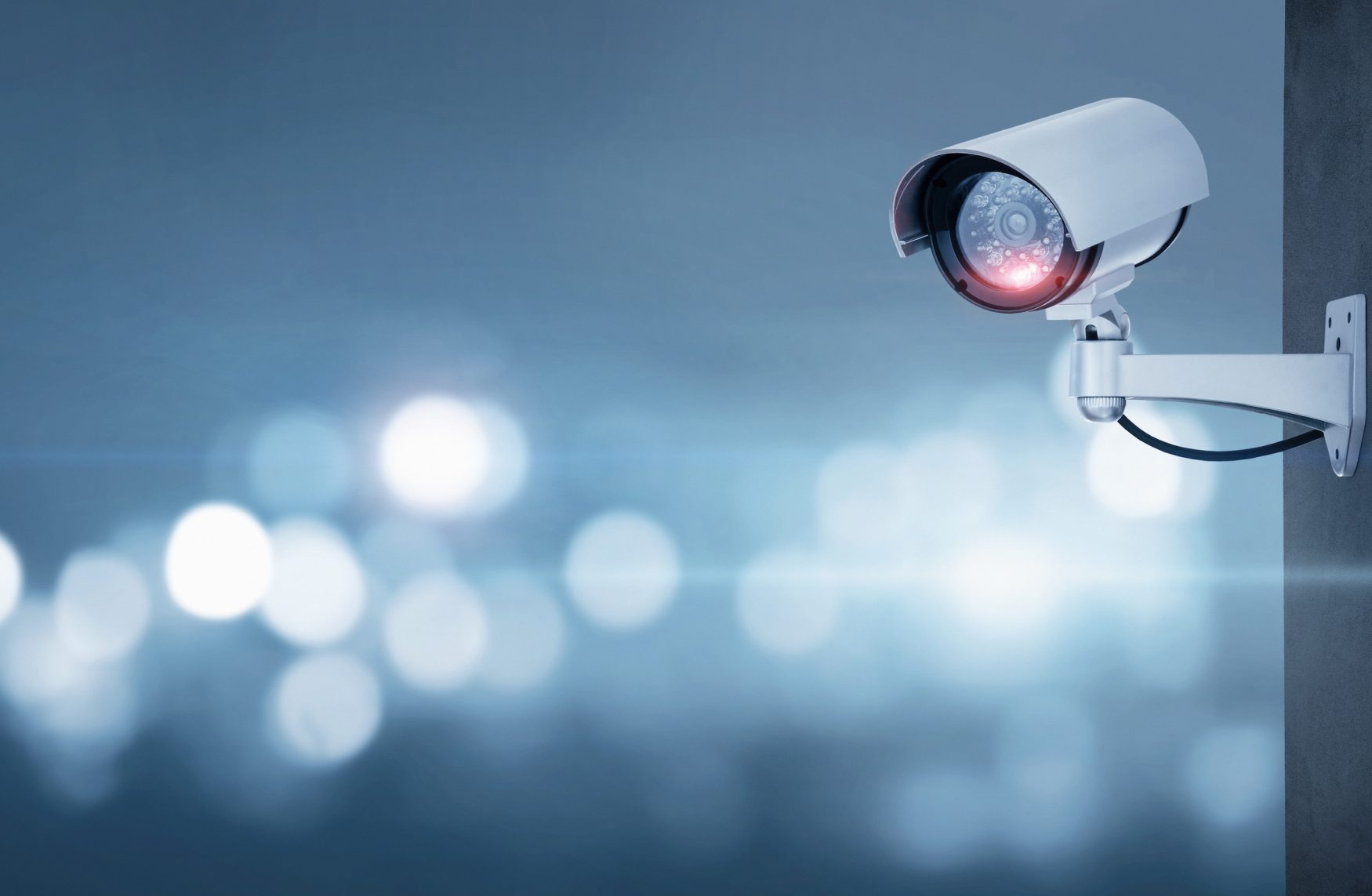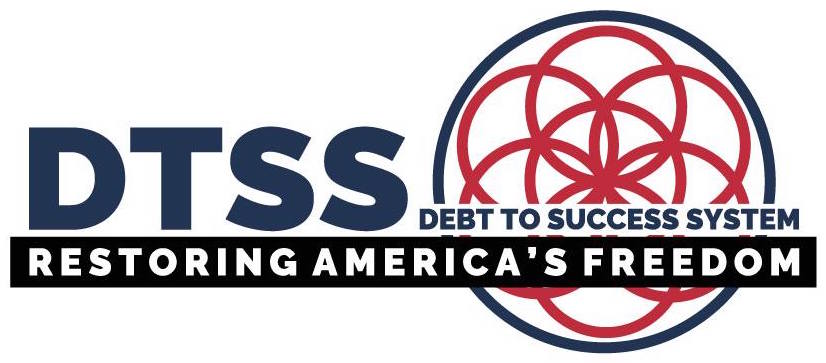
History of Video Surveillance is Disturbing and Fascinating
According to the History of Video Surveillance, Citizens are Often Targets.
Because the history of video surveillance involves photography, the story is not as long as other information-gathering tales.
But most records of this subject show that when English women were fighting for their right to vote in the first decades of the 20th century, they were photographed without their knowledge.
Other instances of such hidden-camera work probably occurred with regularity over the next few decades, but most of these events were not public knowledge.
The history of video surveillance includes numerous instances of cameras used to watch British citizens during various protests and lawful public assemblies.
This activity included secret closed-circuit television cameras used to watch both everyday activity in central London and to keep an eye on demonstrators who opposed the Viet Nam war.
Jump across the Atlantic Ocean to the United States and the history of video surveillance shows law enforcement agencies using covert cameras and video equipment in the mid-1960s.
According to some, police in the New York City had cameras mounted on buildings expressly for the purpose of monitoring the everyday activities of residents.
The viewers were members of law enforcement agencies who watched on closed circuit television monitors from a distance.
While the technology of that time was rather primitive compared to the amazing technology of 2009, the intent and result were often the same.
Keeping Track of Americans
Sure, Someone is Watching Somewhere
A number of individuals not connected with a government agency have spent their lives with cameras and video equipment used to watch others.
These individuals find that the history of video watching dates to about 1880, when Thomas Edison came up with a film unit that would record movement of people and other objects.
Tiny cameras that used film only 8 mm wide were developed in the 1930s, with most historical records tracing their use to California.
For the most part, however, the use of movie cameras for surveillance was limited, while using still cameras for traditional photographs was more common.
From Russia with Love
In the 1970s, Russian cameras were thought to be among the finest in the world when it came to video surveillance, leading some in the United States to import them for that purpose.
Early video cameras were a bit large and heavy to be used for covert surveillance, as it was hard to hide such a massive unit.
Developers in Russia, Japan and a few European countries began to address this issue, developing smaller cameras that could be easily carried and easily hidden.
Sony was a leader in small-camera technology and introduced a portable camera in the early 1980s that was fairly well suited for surveillance use.
However, by 21st century standards even that camera was rather large.
It was sufficiently small however, to draw the attention of both private investigators and those in government agencies who needed to gather video evidence without being discovered.
Digital Advancement
Moving the world of video surveillance from film that needed to be developed was a major step for private eyes, government agencies and military intelligence gatherers.
The recording and storage of images on computer hard drives and small storage chips made the act of surveillance much more efficient.
In the history of video surveillance, digital capabilities and the events of September 11, 2001 were major factors.
Not only could video records be made almost anywhere, without someone knowing, but the atmosphere of fear and distrust kick started a new interest in high-quality video records.
Just a few years ago, the technology advanced to the point that not only could clear images of people be viewed by those at a monitor, but the camera could also recognize certain faces and compare them to stored images.
It’s hard to imagine something more advanced in the history of video surveillance, but somewhere, someone is tweaking a system to make it watch better.

 My First Amazing Ayahuasca Experience
My First Amazing Ayahuasca Experience  Pine Needle Tea
Pine Needle Tea  The REAL Controllers of Humanity: The Papal Bloodlines
The REAL Controllers of Humanity: The Papal Bloodlines  Is it Global Warming or Cooling?
Is it Global Warming or Cooling?  Gun Rights and Obama Examined
Gun Rights and Obama Examined